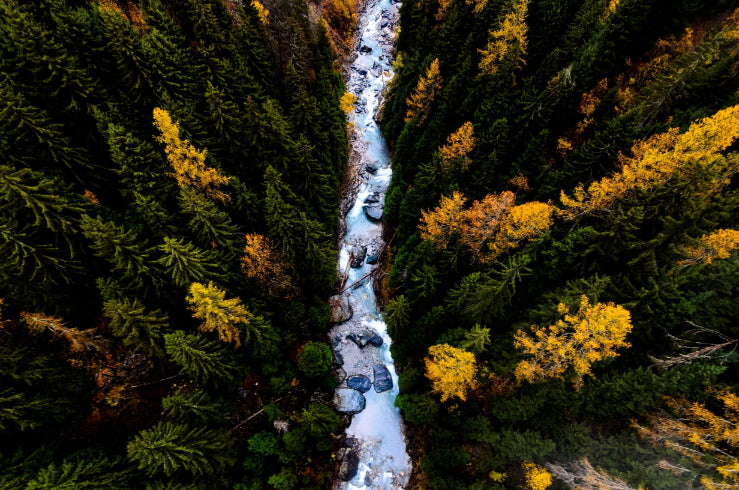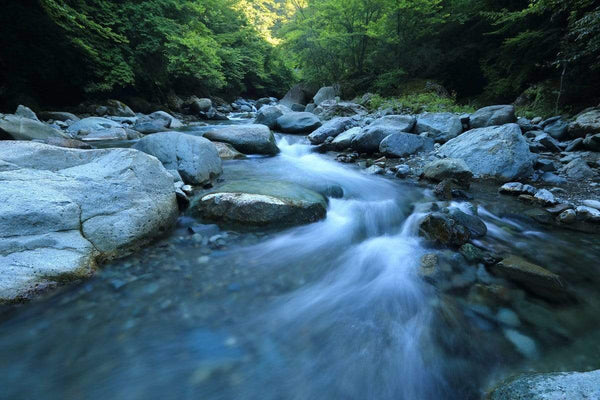Trees and forests play a critical role in capturing rainwater and reducing the risk of natural disasters such as floods and landslides. Their intricate root systems act like filters, removing pollutants and slowing down the absorption of water into the soil. This process helps to prevent erosion and reduce the risk of over-saturation and flooding. Together, these actions make trees a vital element of “green infrastructure” across urban and rural areas. Learn more about the important role that trees play in improving water quality and access.

how trees absorb and release water
According to the UN Food and Agriculture Association, a mature evergreen tree can intercept more than 15,000 litres of water every year. So how do they do it?
Similar to us, trees rely on water to survive, and they have a few mechanisms to help them absorb it. Water that is present in the soil as absorbed via tiny hairlike roots. Once it has entered the root system, it is pulled up the tree’s trunk all the way to the leaves. Trees can also absorb water in the air directly through their leaves, although a higher percentage of their water intake comes through their roots.
How does water defy gravity and move from the roots of a tree, through its woody tissue, and into its leaves? To understand this, requires understanding the inner workings of a tree. Similar to our vascular system, which transports blood throughout our bodies, plants have an internal network of “plumbing”, otherwise known as xylem and phloem tissues. These tissues begin in the roots and extend upwards through the trunks of trees, branching off into the branches (no pun intended). From there, they connect to every single leaf.
So how is water pulled through the system? Transpiration — or, the process of water evaporation through openings in the leaves, called stomates. When the water evaporates, it creates negative pressure (think of a vacuum) within the leaf. As a result, water is pulled into the leaf from the xylem, replacing the water that transpired from the leaf.
Because xylem is a water column that extends from the leaf to the roots, when transpiration occurs at the top of the tree, the pressure is felt all the way down to its roots. This causes the roots to pull water in from the soil, and the cycle continues. Pretty incredible, right?

How Trees Prevent Floods
When trees absorb water, the benefits extend beyond the individual tree’s growth and survival to the surrounding landscape and exosystem. As the trees absorb water through their roots, they filter pollutants, and also slow the flow of rainwater towards creeks, rivers, lakes — and ultimately urban areas.
After periods of heavy rainfall or flash flooding, trees will absorb a significant amount of stormwater through their roots, which reduces the potential for damage to ecosystems and infrastructure. Over time, the storm water will be released back into the earth and atmosphere via transpiration.
How Trees Protect Watershed Health
A watershed is an area of land that drains rain water or snow into one location such as a stream, lake or wetland. These water bodies supply drinking water for surrounding communities, as well as water for agriculture and manufacturing processes. They also offer opportunities for recreation, and provide habitat to a range of plant and animal species.
Trees are intertwined with watershed health, and provide a range of ecosystem services, including filtering excess sediment, nutrients and toxins before they enter waterways, reducing erosion and flooding, and shading streams so they are at optimal temperatures for aquatic wildlife.

The seemingly small act of planting a tree can have a powerful impact on watershed health, water quality, and more. Plant a tree today!
